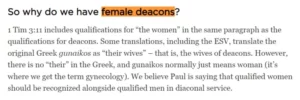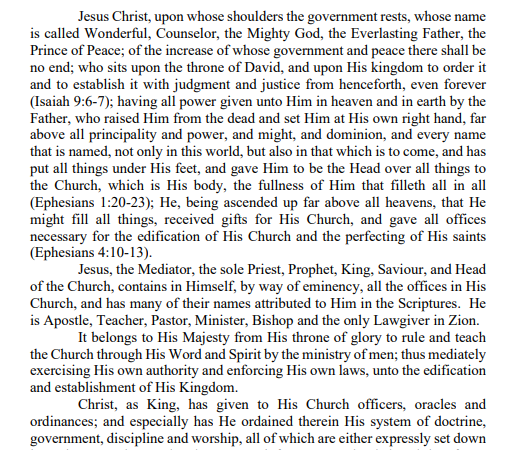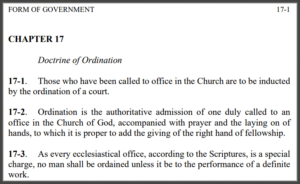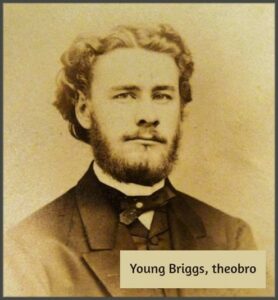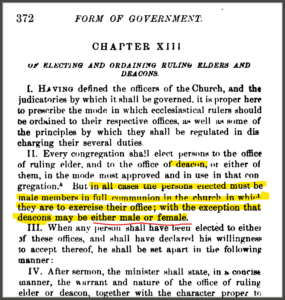Ruling Elder Renaissance
The founders of the PCA viewed ruling elders as a reliable, commonsense bulwark against doctrinal and denominational decline. The founders were not insensible to the fact that teaching elder professors and influential large-church pastors had presided over the liberalization of the old Southern mainline church from whence the PCA came.
The recently-concluded 50th Presbyterian Church in America General Assembly in Memphis, TN was the second-largest ever with (unofficially) 2250 elders in attendance; only the previous year’s assembly was larger with 2385 in attendance. More significantly, this year’s meeting solidified a trend of greater ruling elder (RE) participation in the courts of the PCA.
The parity of the two classes of elder (ruling and teaching) in the PCA is a notable feature of PCA polity. Most committees are structured so that equal numbers for ruling and teaching elders are possible if fully attended. The principle of parity is baked in; the reality of parity has been harder to achieve. Various reasons for this difficulty are given, but most agree that the high cost of attendance and/or the need for a week off of work for REs (most of whom work outside the church for a living) are at least partially to blame. Most teaching elders are paid their salary and expenses to attend both presbytery and GA meetings.
The first PCA General Assembly in 1973 saw more ruling elders than teaching elders (pastors) in its ranks, but a downward trend in lay attendance began after the fourth general assembly. Ruling elders comprising something like 50% of assembly attendance became a thing of the past, and RE participation bottomed out between 2009 and 2018—averaging only 23% of commissioners at those assemblies.
Things began to change in 2018 in Dallas with REs making up 25% of commissioners. Part of the reason for greater RE numbers there may have been the sheer size of the North (everything-is-bigger-in) Texas Presbytery, which hosted the assembly. But the next year in St. Louis there were 25% again, then more than 30% of the commissioners at the last two assemblies (Birmingham and Memphis) were REs. Something is changing; ruling elders are showing up…but why? Here are several possible reasons.
Read More
Related Posts:


